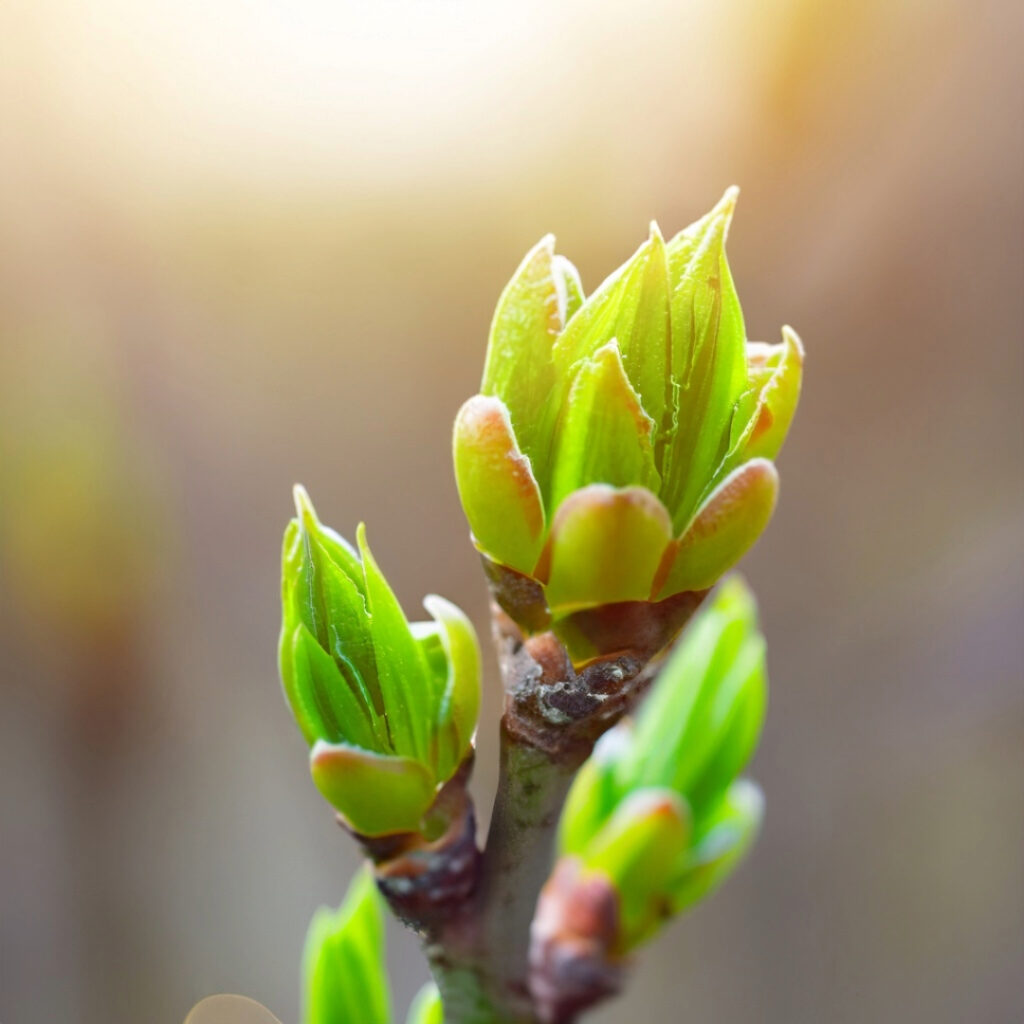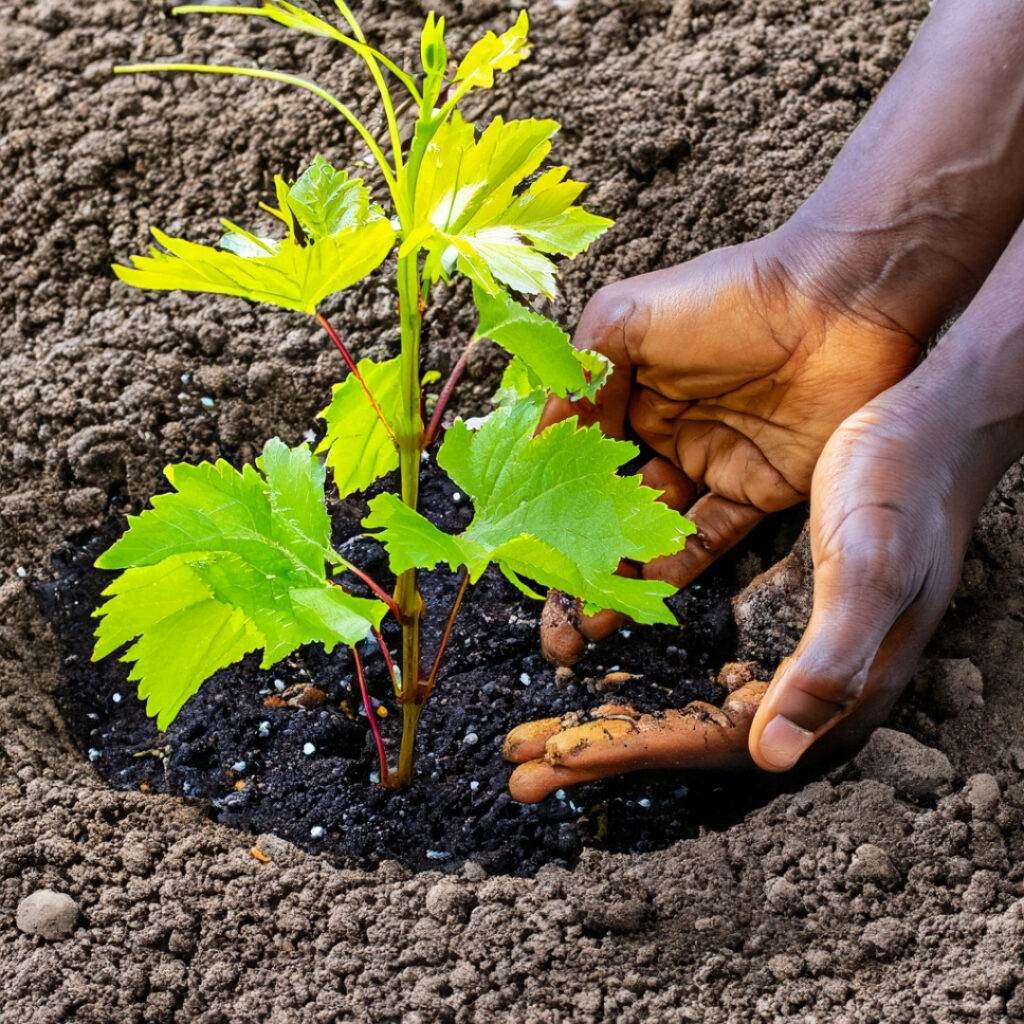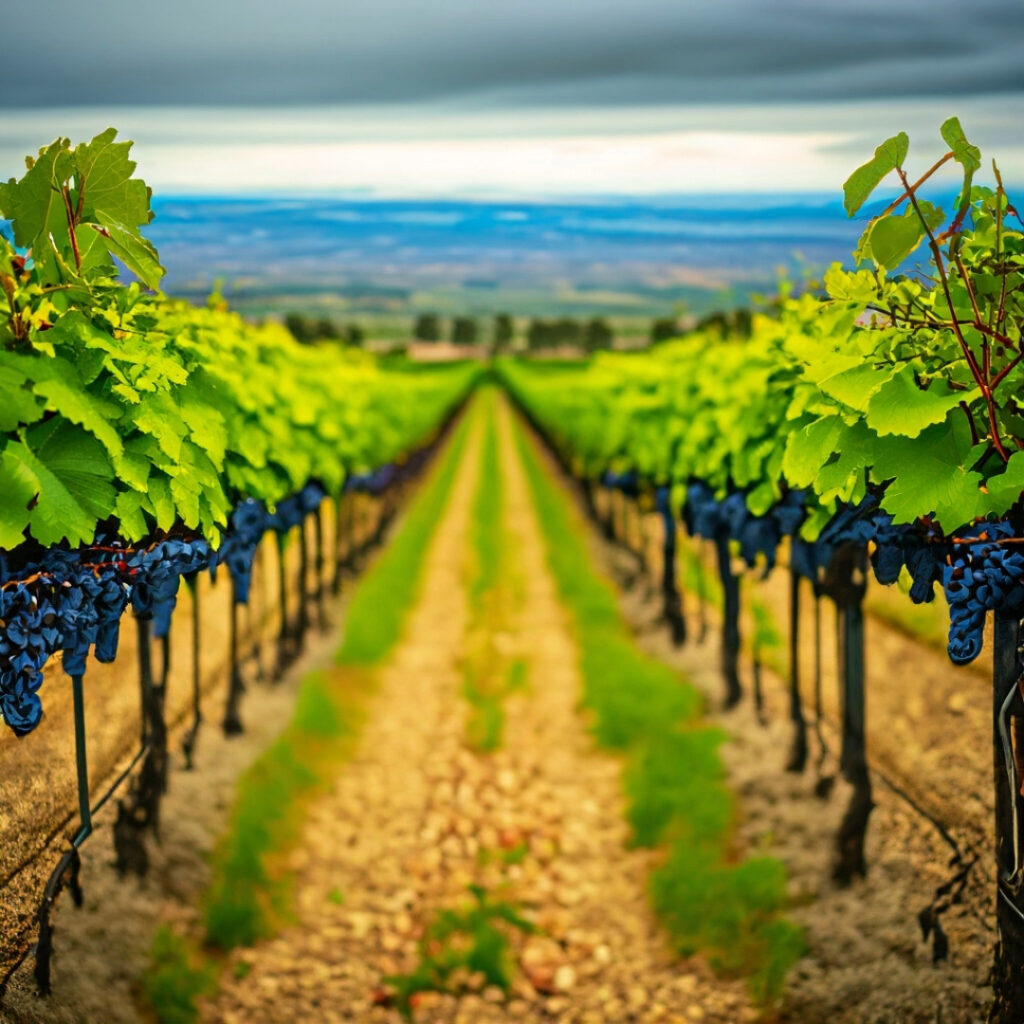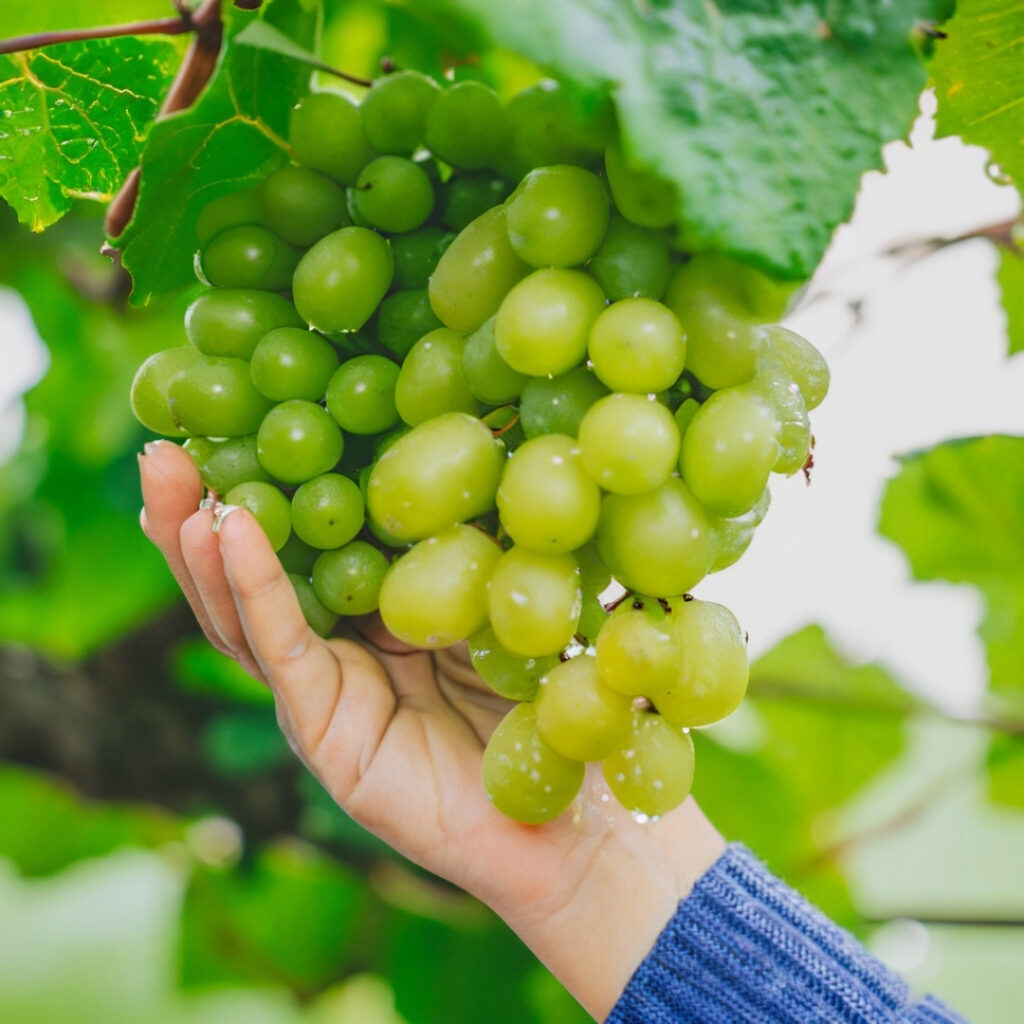Introduction: The Journey of Growing Grapes
Embarking on the journey of growing grapes? Understanding how long grapes take to grow is more than a gardener’s curiosity; it’s a wine enthusiast’s passion. From the vine to the wine glass, the growth of grapes is a fascinating process filled with nature’s wonders.
Whether you’re a home gardener aiming to enjoy fresh grapes or an aspiring vintner with dreams of crafting the perfect wine, knowing the growth timeline is essential.
Grapes take three to five years to bear fruit, depending on the variety and growing conditions. The first year focuses on establishing roots, with limited growth above ground. In the second year, vines develop, and by the third year, some fruit may appear. Full production is typically reached by the fourth or fifth year. Proper care, including pruning, watering, and fertilizing, can enhance growth and fruiting.

Understanding Grape Growth: A Vine’s Journey
Embarking on the path of understanding grape growth is like reading a captivating story, where each stage unfolds a new chapter. Here’s a glimpse into the world of grapevines and how to grow grapes from grapes:
1. Dormancy (Winter)
During the cold winter months, the grapevines enter a state of dormancy. The leaves fall, and the vines appear lifeless, but beneath the surface, they are conserving energy for the upcoming growth season. It’s a time of quiet anticipation, where the roots continue to gather nutrients, preparing for the burst of activity that spring will bring.
2. Bud Break (Spring)
With the arrival of warmer temperatures, the dormant buds begin to swell and eventually break open, revealing tender green shoots. This stage marks the beginning of a new growth cycle, a rebirth that sets the stage for the entire growing season. It’s a critical time for the vine, as these new shoots will eventually bear fruit.
3. Flowering (Late Spring)
In late spring, delicate flowers bloom on the grapevines. These flowers are small and fragrant, setting the stage for fruit development. It’s nature’s invitation to the dance of growth, a beautiful but brief phase that leads to pollination and the formation of tiny grape berries.
4. Fruit Set (Early Summer)
Following flowering, the fertilized flowers transform into tiny green grapes. This stage, known as fruit set, is a promise of the sweet harvest to come. The clusters take shape, and the vine’s energy focuses on nurturing these young fruits.

5. Veraison (Mid-Summer)
Veraison is the stage when the grapes change color and begin to ripen. For red grape varieties, the green grapes turn red or purple; for white varieties, they become a golden hue. It’s a magical transformation guided by the sun’s embrace, a time when the grapes soften and accumulate sugars, acids, and other compounds that contribute to flavor.
6. Harvest (Fall)
The culmination of the vine’s labor, the harvest is a celebration of growth and abundance. It’s the moment when the grapes reach their peak ripeness, a delicate balance of sugar and acid that makes them perfect for eating or winemaking. The timing of the harvest is crucial, as it affects the flavor and quality of the grapes. It’s a time of joy and satisfaction, a reward for the months of care and attention given to the vines.
How fast do grapes grow? The journey from bud to harvest typically spans six to seven months, depending on the variety and climate. Patience, care, and understanding of each stage are key to nurturing the vines.
Handy Hint: Pruning is essential in grape growth. Timely and proper pruning helps in shaping the vine and controlling the number of fruiting canes, leading to a healthy and productive vine.
Embrace the vine’s wisdom, and you’ll discover the joy of growing grapes, a journey where nature’s artistry meets human care.

Factors Affecting Grape Growth: A Gardener’s Guide
Growing grapes can be a rewarding experience, but it’s essential to understand the various factors that influence their growth. Let’s explore the key elements that can make or break your grape-growing journey.
Climate: The Weather’s Role
Climate plays a pivotal role in grape growth. Grapes thrive in temperate regions with warm, dry summers and mild winters. Where do grapes grow best? Regions with well-defined seasons provide the ideal climate for grapevines.
Soil: The Foundation of Growth
The soil’s composition, pH level, and drainage can significantly impact grape growth. Grapes prefer well-drained soil with a pH level of 6.0 to 6.5. Sandy loam soil is often considered ideal.
Care Practices: Nurturing the Vines
Proper care practices, including pruning, watering, and fertilizing, are vital for healthy grapevines. Regular pruning helps shape the vine and control fruiting, while consistent watering and fertilizing ensure optimal growth.
Growing Grapes at Home: A Personal Touch
Are grapes hard to grow? Not necessarily! With the right care and attention, growing grapes at home can be a fulfilling endeavor. Here’s what you need to know:
- In Pots: Yes, you can grow grapes in pots! Choose a large container (at least 15 gallons or 57 liters) and ensure proper drainage.
- Pruning: Regular pruning is essential for controlling growth and encouraging fruiting.
- Sunlight: Grapes need full sun, so choose a sunny spot in your garden or balcony.
- Soil: Use a well-draining soil mix with added compost for nutrients.
Handy Hint: Growing grapes in small spaces? Use trellises to guide the vines upward, maximizing space and adding a touch of beauty to your garden.
Understanding these factors and tailoring your care practices to your specific conditions can lead to a bountiful harvest. Whether in a sprawling vineyard or a cozy home garden, grapes offer a delightful journey from vine to table.
From Planting to Harvesting: A Grape Grower’s Journey
Planting and harvesting grapes is a process that requires patience, care, and understanding of the grapevine’s lifecycle. Here’s a step-by-step guide to take you from planting to enjoying your homegrown grapes.
Planting: The Beginning
Whether you’re growing grapes from cuttings or seeds, the planting process sets the foundation for your grapevines.
- From Cuttings: Plant cuttings in early spring, in well-drained soil with a pH level of 6.0 to 6.5. Cuttings should be about 12 inches (30.48 cm) long.
- From Seeds: Start seeds indoors 6-8 weeks before the last frost. Transplant seedlings outdoors after the danger of frost has passed.

Growth and Care: Nurturing the Vines
Proper care throughout the growing season ensures healthy vines and sweet grapes. Regular watering, fertilizing, and pruning are essential.
Harvesting: Reaping the Rewards
How do you know when grapes are done growing? Grapes are ready to harvest when they are fully colored, plump, and slightly soft to the touch. Taste a few to ensure they are sweet and flavorful.
How do you make grapes sweeter on the vine? Reducing water a few weeks before harvest and exposing grapes to more sunlight can increase sugar content, making them sweeter.
Post-Harvest Care: Preparing for Next Season
After harvesting, continue to water and care for the vines to prepare them for winter dormancy. Proper pruning and protection from extreme cold are crucial for next season’s growth.
Handy Hint: Want to grow grapes from cuttings? Take cuttings in late winter from healthy vines. Store them in a cool, dark place until planting time in spring.
The journey from planting to harvesting grapes is filled with opportunities for learning and enjoyment. By understanding the process and providing the right care, you can enjoy the fruits of your labor, quite literally!
Common Challenges and Solutions in Grape Growing
Growing grapes can be a rewarding experience, but it’s not without its challenges. Here are some common problems grape growers face and practical solutions to overcome them.
1. Pests and Diseases
Insects, birds, and diseases can wreak havoc on grapevines. Here’s how to tackle them:
- Pests: Use insect nets or organic insecticides to keep bugs at bay.
- Birds: Bird netting can protect your grapes as they ripen.
- Diseases: Regular pruning and proper spacing promote air circulation, reducing the risk of fungal diseases.
2. Poor Fruit Development
If your grapes are small or sour, consider these solutions:
- Soil: Test soil pH and amend with lime or sulfur if needed.
- Watering: Consistent watering promotes healthy fruit development.
- Sunlight: Ensure vines receive full sun for sweet, plump grapes.

3. Pruning Challenges
Pruning can be confusing for new grape growers. Here’s a handy hint to guide you:
Handy Hint: Prune grapevines in late winter when they are dormant. Remove dead or weak canes, and trim back healthy canes to 8-10 buds. This promotes strong growth in spring.
4. Climate and Weather Issues
Extreme weather can affect grape growth. Here’s what to do:
- Frost: Use frost blankets or wind machines to protect vines in cold snaps.
- Heat: Shade cloth can protect vines from scorching heat.
By understanding these common challenges and implementing the suggested solutions, you can enjoy a successful grape-growing season. Happy gardening!
Frequently Asked Questions About Growing Grapes
Here are some common questions and answers about grape growing, including insights on how to grow grapes from grapes and other related topics.
How fast do grapes grow?
Grapes grow at a moderate pace, with vines reaching full maturity in about three years. The speed of growth depends on factors like climate, soil, and care practices.
How long does grapes take to grow on a vine?
It typically takes three to five years for grapevines to produce a full crop of grapes. However, some vines may bear fruit as early as one year after planting.
Are grapes hard to grow?
Grapes require careful attention to soil, sunlight, and pruning but can be grown successfully with the right knowledge and effort. Growing grapes in pots or at home may require additional care.
How do you know when grapes are done growing?
Grapes are ready to harvest when they are fully colored, plump, and slightly soft to the touch. Taste testing a few grapes can also help determine ripeness.

How do you make grapes sweeter on the vine?
Ensuring adequate sunlight, proper pruning, and controlled watering can help make grapes sweeter on the vine. Soil testing and amendments may also enhance sweetness.
How long does it take to grow grapes from cuttings?
Growing grapes from cuttings can take about three years to produce fruit. The process involves planting hardwood cuttings in well-prepared soil and providing proper care.
How long does it take to grow grapes from seed?
Growing grapes from seed is a longer process, often taking up to five years to bear fruit. Patience and proper care are essential for success in this method.
With these answers, you’ll be well-equipped to embark on your grape-growing journey, whether you’re growing grapes from grapes, cuttings, or seeds. Happy gardening!
Conclusion
Growing grapes can be a rewarding endeavor, whether you’re a home gardener or a wine enthusiast. Understanding the stages of growth, the factors affecting growth, and the process from planting to harvesting is essential. With the right knowledge and care practices, you can enjoy sweet and succulent grapes right from your vine.
Key Takeaways:
- Grapes take three to five years to bear fruit.
- Climate, soil, and care practices play a significant role in grape growth.
- Growing grapes at home or in pots requires special attention.
- Common challenges can be overcome with proper solutions and handy hints.
